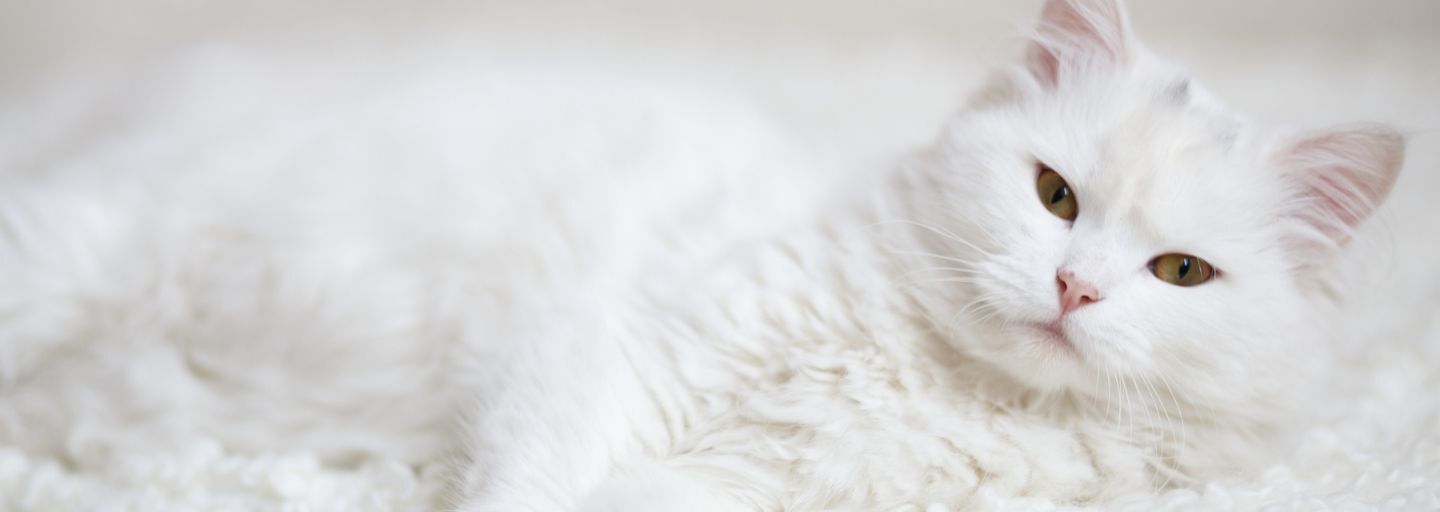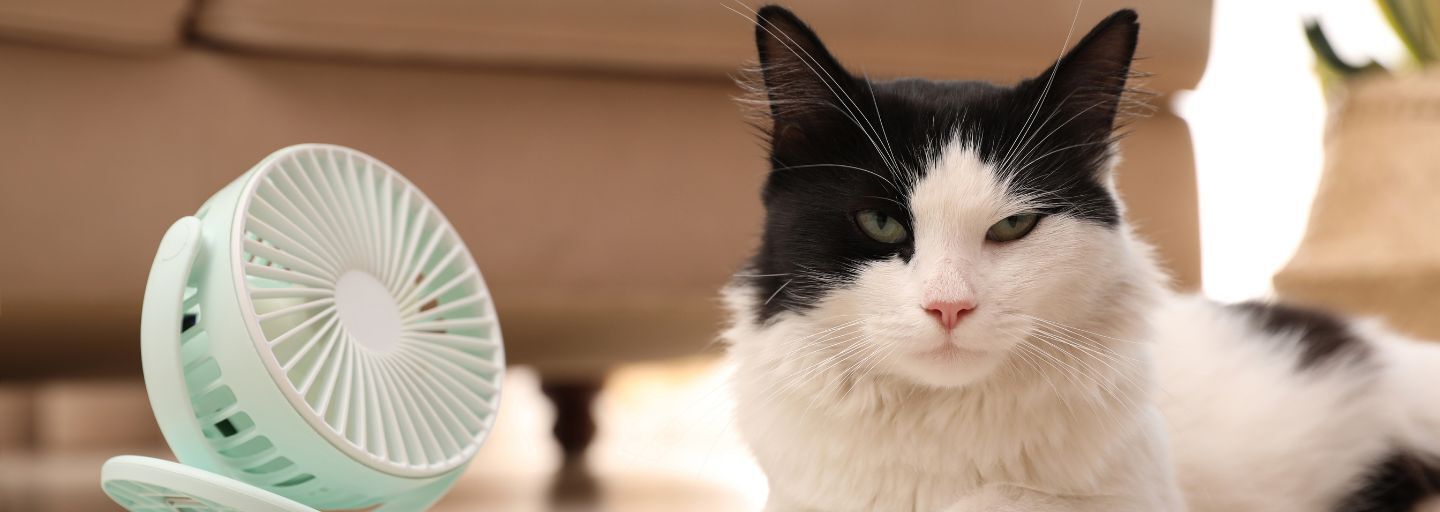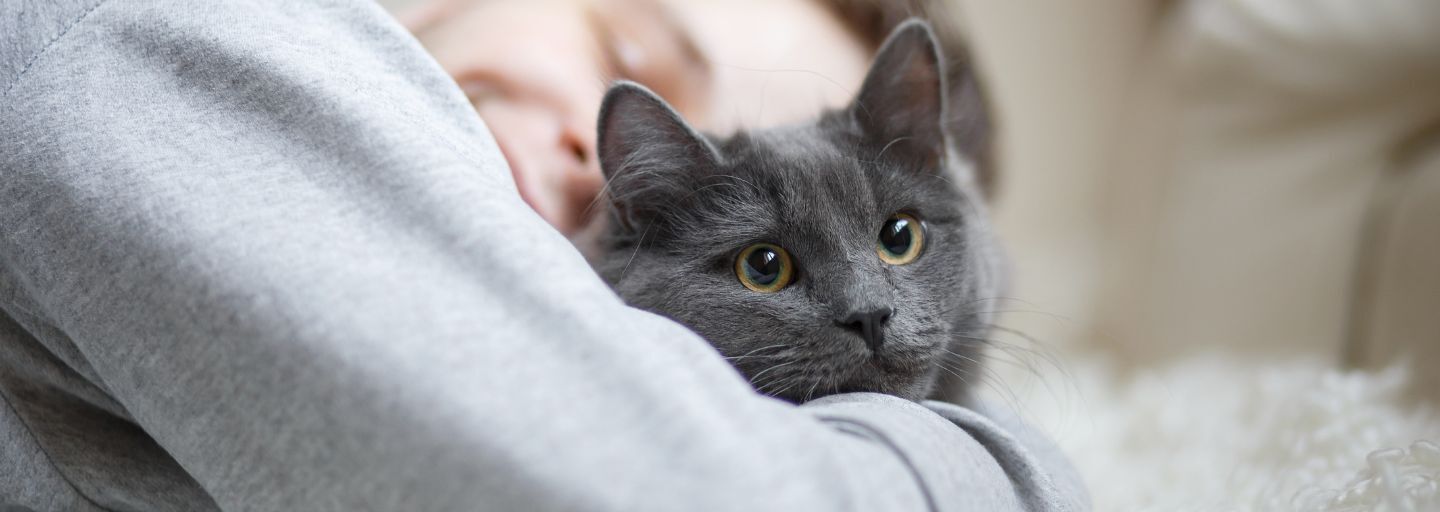As a cat owner, you may find yourself surprised when you learn that many of the "facts" you've heard about your feline friend aren’t true.
Don't fall for these misconceptions about cats. It's time to clarify some of these myths, because the better we understand our fluffy family members, the better our relationships will be. Here are the top six myths that cat owners should be wary of.
Myth #1: Cats Always Land on Their Feet
While it sometimes appears that cats have the magical ability to land on their feet and get out of trouble, they can, and do, hurt themselves by falling off things.
Although cats can survive a long fall it’s our responsibility as pet parents to watch out for open windows, as our cats can incur severe injuries while landing on their feet. While they do have flexible spines, serious chest trauma and fractures are a possibility depending on the seriousness of the fall.
Tip: Don’t let your cat out on your balcony without supervision. Keep windows closed when you’re not home or make sure to have fly screens properly fitted. Remember, a safe cat is a happy cat.
Myth #2: My Cat Flicks Her Tail, She Must Be Happy
While cats don’t have speech like we do, they can convey quite a lot simply by what they do and how they use their tails. You may have noticed your cat’s tail going flick flick flick. It could mean she's feeling playful. Or maybe she's agitated. There’s a lot of subtlety of meaning in a simple swoosh.
Tails are good indicators of mood, and your cat’s tail will tell you if they’re feeling happy, sad, afraid, relieved or even frustrated.
You may have noticed when your cat is cheerful and friendly, her tail is up. But when it’s down, it may indicate a cat who is scared or threatened.
So take a little time to observe your cat's behaviour and you will start to get a feel of what your cat’s tail is telling you. Maybe our feline friends aren’t so hard to interpret, they’re just misunderstood.
Tip: Be mindful when your cat is swishing their tail. If it slaps back and forth rapidly, this could indicate fear or aggression. Consider it a warning to stay away.
Myth #3: Cats Love Milk
Many cats love to get their paws on a saucer of milk as they love the fat content. But, despite popular belief, milk can be harmful to their health.
Kittens can drink a little cow's milk without too much of a problem, but most adult cats have difficulty digesting as the lactose in the milk may cause an upset stomach when it begins to ferment. To keep your cat and kitten happy and hydrated, fresh water is best.
Tip: Make sure your cat has plenty of fresh water available for them to drink. Cats like to drink fresh running water, so a cat water fountain is a great way to encourage them to stay hydrated.
Myth #4: Cats Cannot Be Trained
With the right techniques, cats can be trained to do a lot of the same tricks dogs do. They can come when called, sit, lay down, and roll over. They can even be taught to go to the bathroom in the toilet and flush when they’re finished. Don’t believe us? There’s plenty of videos on YouTube that prove cats are truly incredible creatures.
Some cats are easier to train than others, but through persistence and finding what reward your cat prefers — treats such as Fancy Feast Puree Kiss — you can teach an old cat new tricks.
Tip: The most basic training is to teach the cat to use the litter box. From there you can teach your cat some basic commands and even try and avoid unwanted behaviours, such as scratching furniture.
Myth #5: Indoor Cats Cannot Get Diseases
Just because your cat spends all their time indoors doesn't mean they’re immune from diseases. The reality is all cats can contract illnesses, even if they never set paw outside.
Many illnesses and parasites are airborne that can be carried into the home from people's clothes, or be brought in by other pets, such as dogs that go outside.
Tip: Speak with your vet to find out which illnesses and parasites your indoor cat may be at risk for and they can help tailor a preventative program specifically for your indoor prowler.
Myth #6: Cats Don’t Need to Be Exercised
Notorious for their appreciation for lounging and snoozing, it’s a common misconception that cats don’t need exercise. But the reality is that cats enjoy the opportunity to stretch their legs and get some exercise on a daily basis.
If your cat lives indoors, they may need a little extra help staying active. Getting enough exercise is a vital part of their ongoing health and happiness. As well as enjoying the physical benefits of activity, your indoor cat will also be more mentally stimulated.
Remember to carve out time every day to have fun with your cat. It’s those special moments in playing that can bring your bond closer – and as a cat parent, who wouldn’t want that?
Tip: You can encourage movement by providing a cat tree and a variety of climbing and perching posts, as well as a scratching post.



